under six major rivers (Morava,
Svratka, Oslava, Sázava,
Vltava, Ohře)
Last year, the Czech section of Druzhba celebrated half a century of operation.
The owner and operator of the Czech section of Druzhba, MERO ČR, a.s. invites you to discover interesting facts about this unique technological work.
The Druzhba crude oil pipeline, measuring 5,100 km in length,
is considered the longest pipeline in the world. It connects eight
European countries and makes up one of the most extensive pipeline
networks of all. Approximately 2 million barrels of oil flow
through it every day.
The Druzhba crude oil pipeline is the oldest functioning pipeline
in the Czech Republic. The crude oil pipeline enters the Czech Republic
beneath the Morava River near Hodonín. It is led over Vysočina and heads
along the Labe lowlands to Kralupy. The transported oil can be stored
in tanks in the central tank farm in Nelahozeves, from where the Druzhba
continues to Litvínov. There is a branch in the crude oil pipeline near
the village of Potěhy u Čáslavi, which supplied the refinery in Pardubice until 2012.
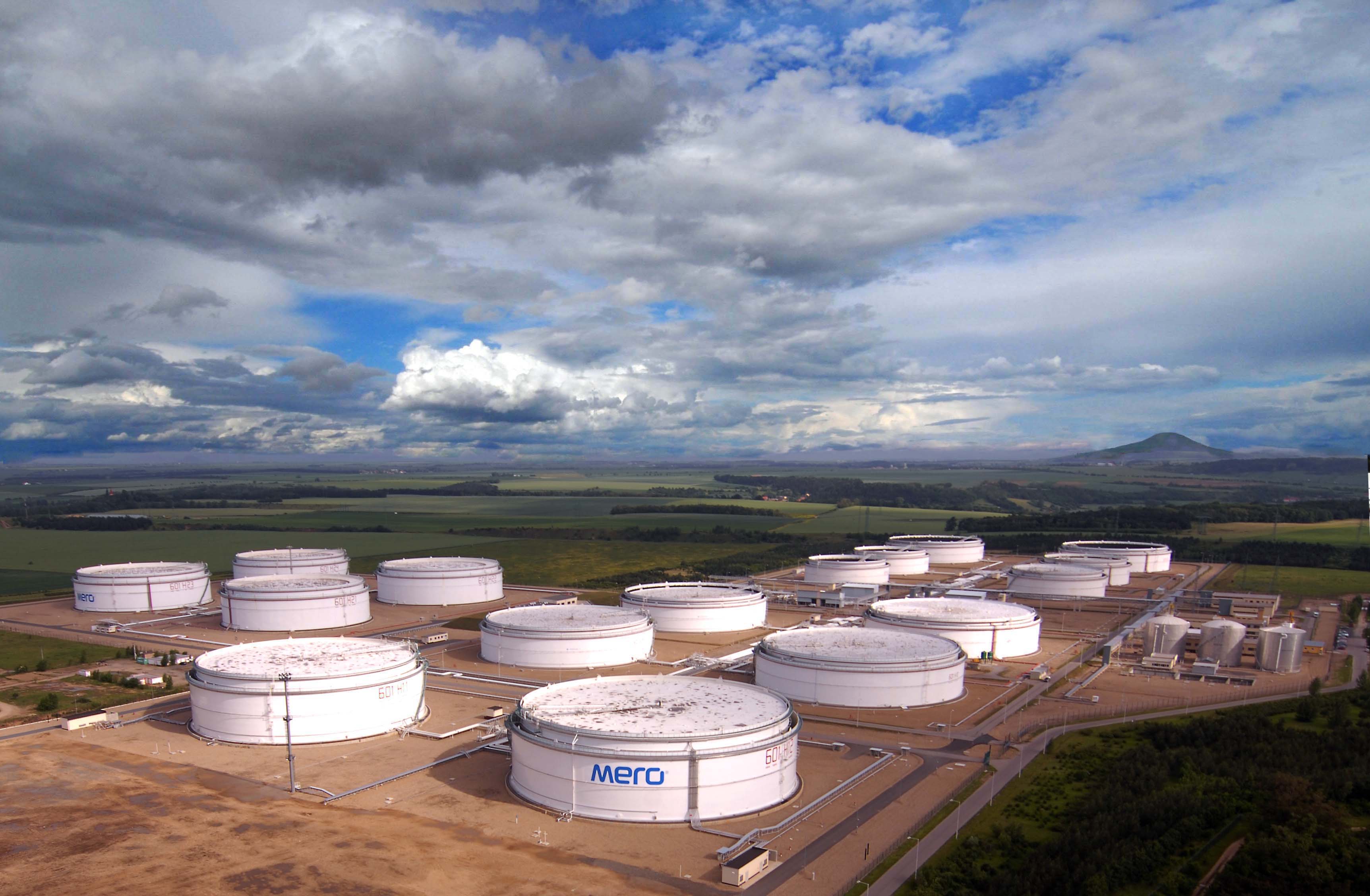
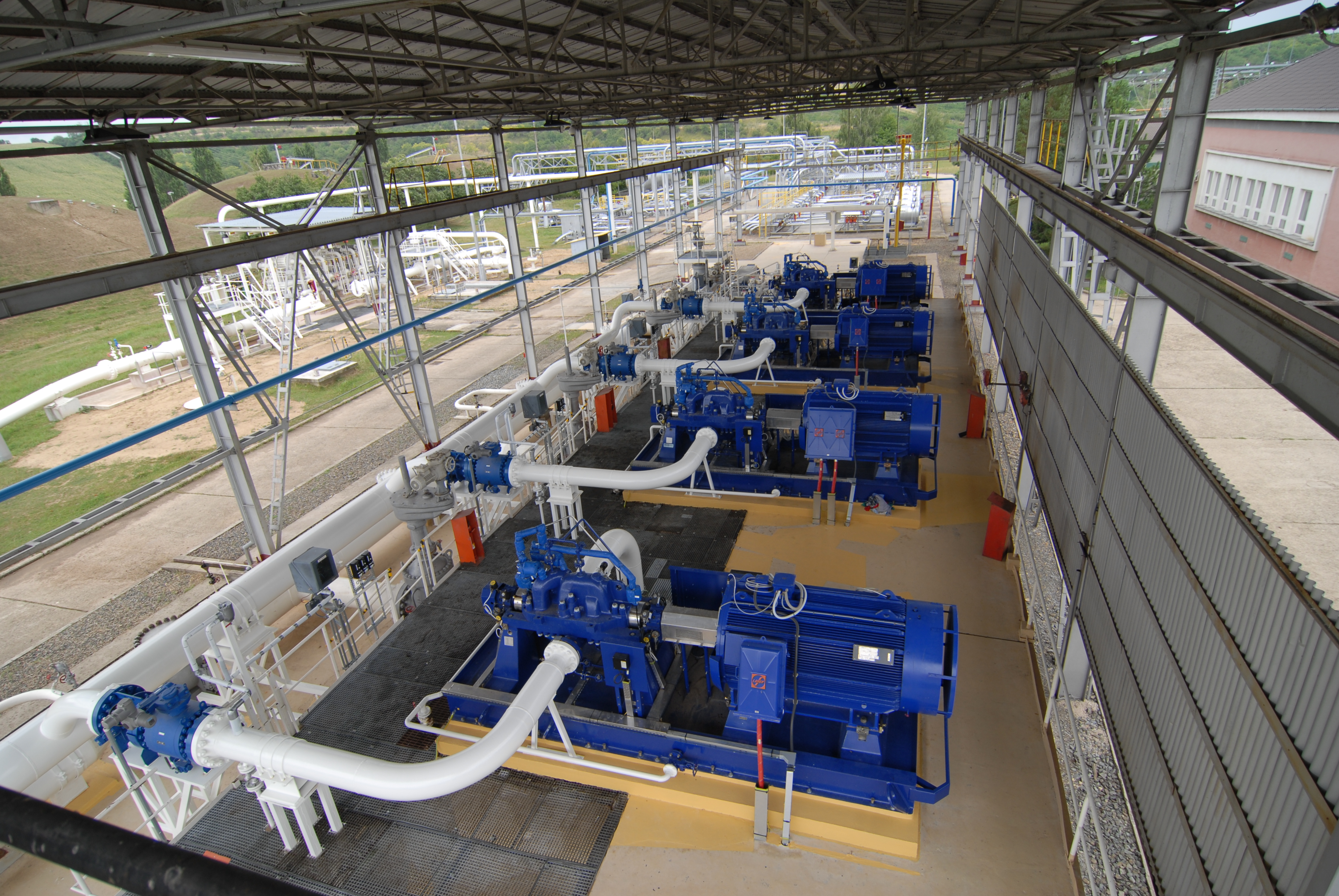
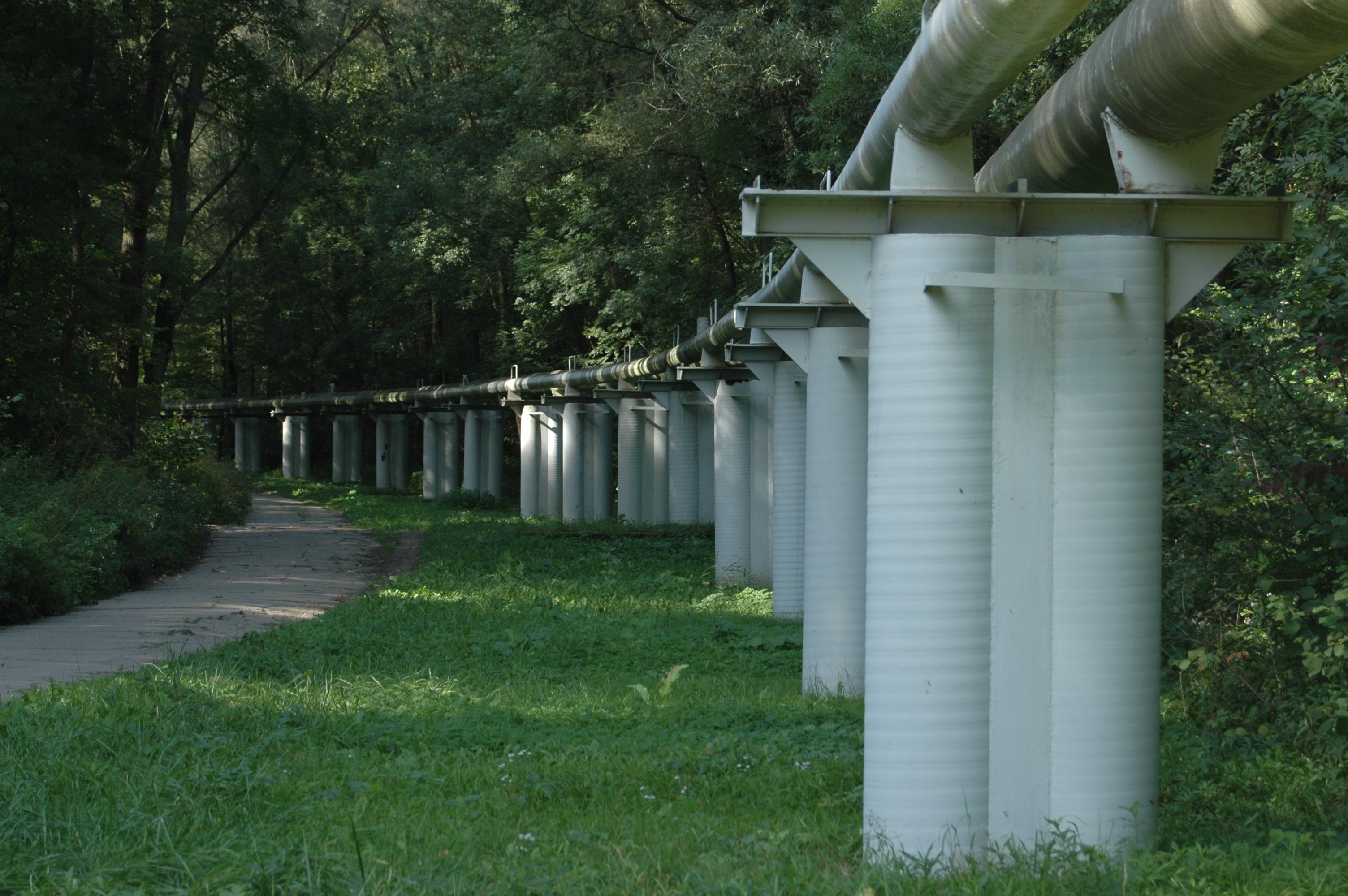
An intergovernmental agreement on the construction of the Druzhba crude oil pipeline was signed in Moscow on the 16th of December 1959. The actual construction of the crude oil pipeline began in Samara on the 10th of December 1960, where other pipelines from Siberia and the Urals also began.
Each of the countries through which Druzhba passes were in charge of the construction of their section, with the Soviet Union suppling the pipes and special heavy equipment for earthmoving and pipe laying, Czechoslovakia the pipes and armatures, the GDR the pipes and pumps and Hungary automated and telecommunications systems.
In February 1962, the Druzhba crude oil pipeline transported the first oil to a refinery in Bratislava, and in October 1965 it was extended to Litvínov. By 1989, Druzhba had imported 18 million tons of oil per year to the former Czechoslovakia, and in the 50 years of its existence it has transported an impressive 293 million tons of oil to Czech refineries.

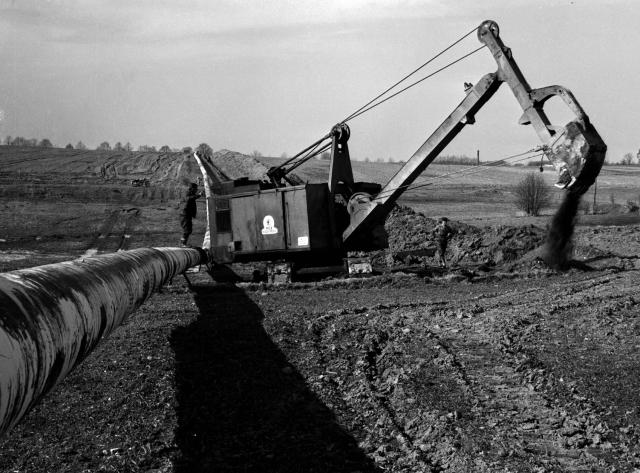
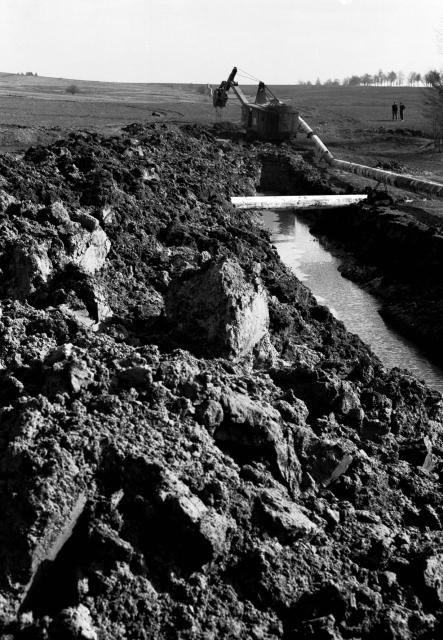
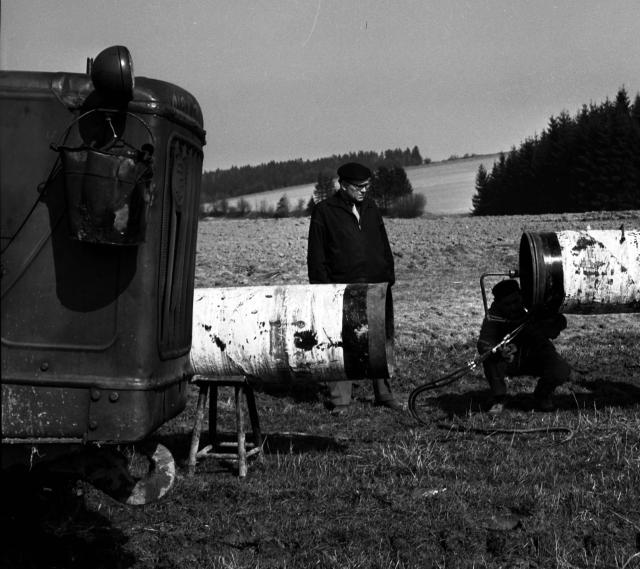
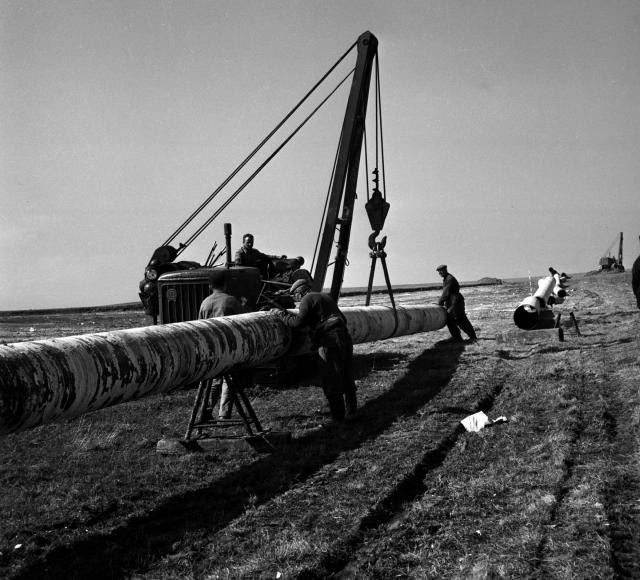
Since 1994, the Druzhba crude oil pipeline has been owned and operated by the state- owned company MERO ČR, a.s. Between 1998 and 2003 it underwent extensive modernization (investment amounted to approximately 1.82 billion CZK). Since then, MERO ČR has invested on average almost 110 million CZK per year into the maintenance and upgrading of the crude oil pipeline. Its new control, communications and safety systems are comparable to those of much younger crude oil pipelines. As a result, we have managed to significantly reduce the risk of accidents and negative impacts on the environment. e.g. the system can automatically detect an oil spill within 2 minutes.

The pipes are laid on average 1.3 m below the surface. Only approximately 0.8% of the total length of the crude oil pipeline is not underground and lies on pillars and feet above ground level. These are in places with unstable bedrock in the mined coal basin near Litvínov and also in the protected landscape area of Lužní lesy near Hodonín. There, the height of the pillars on which the pipeline lies is up to 4 m.
The walls of the pipeline must be cleaned regularly due to deposits of crude oil. Therefore, a special cleaning device called a hedgehog passes through the Druzhba crude oil pipeline at least once every three months. Other devices, called intelligent hedgehogs, inspect the inside of the crude oil pipeline. As they pass through the pipeline they retrieve and store data, making it possible to detect any anomalies to a resolution of 3x3 mm. Defects in the manufacturing process and defects caused by operation can be identified (e.g. bulges, cracks, material loss, corrosion). The operator has a constant overview of the entire pipeline, which helps to plan targeted repairs. Any oil spill is immediately identified by the control system.
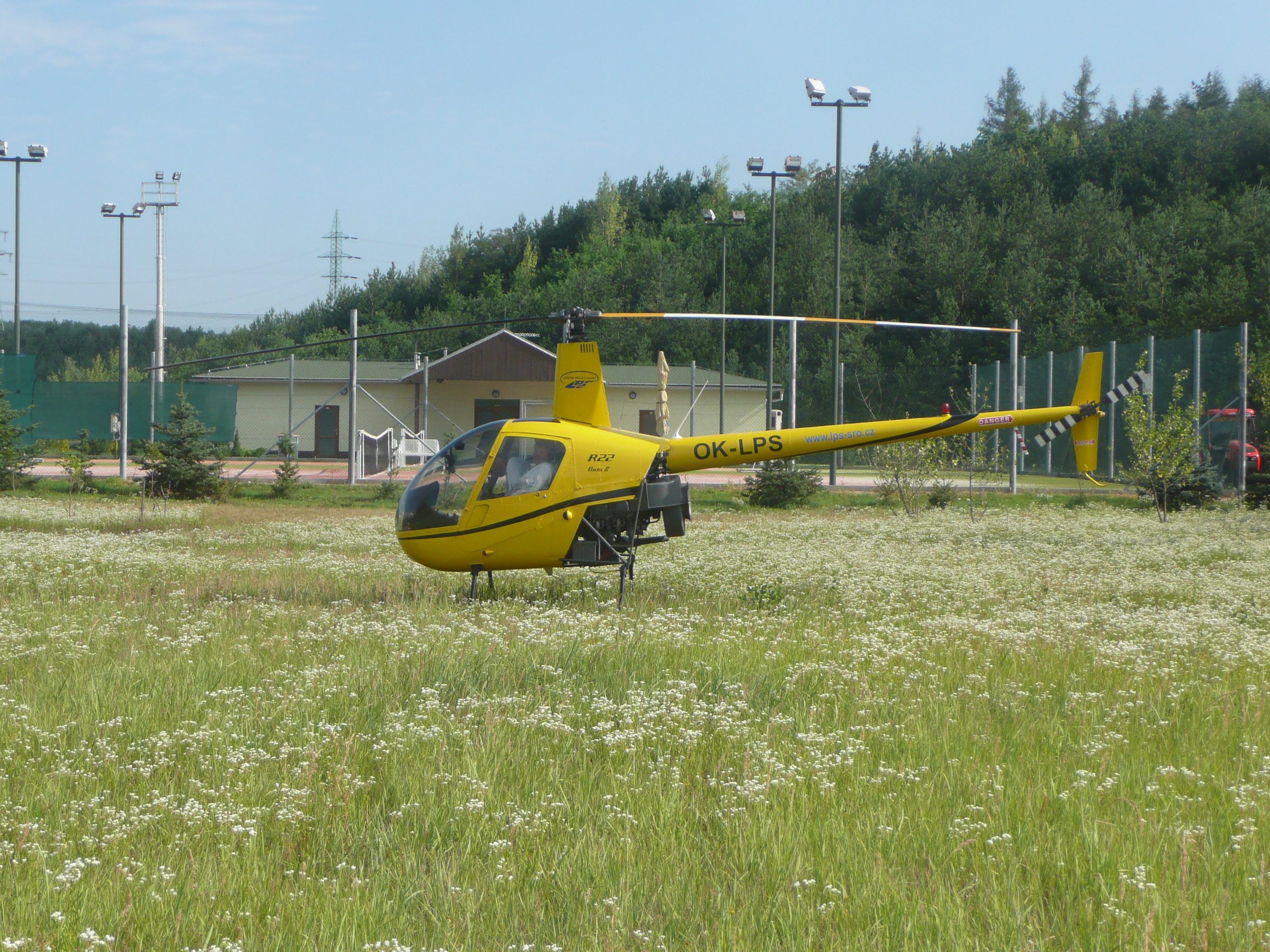
Approximately four million tons per year currently flows through the Czech part of Druzhba (the total capacity is doubled). Together with the IKL crude oil pipeline, it ensures the supply of oil - a key raw material for the Czech petrochemical industry. Pipeline transportation is also economical and ecological: to ship the daily volume of crude oil to the refinery in Litvínov would normally require about 310 standard rail or 600 road tankers.
MERO ČR counts on Druzhba in the future: it continues to improve the system of maintenance and accident prevention, and invest into research in this area. The ongoing maintenance and investment into modernization will help Druzhba serve for decades to come.